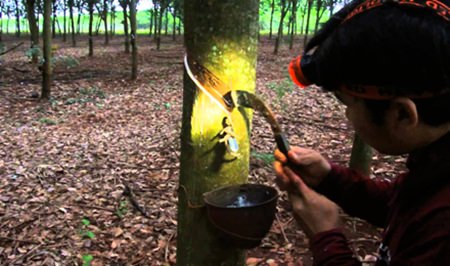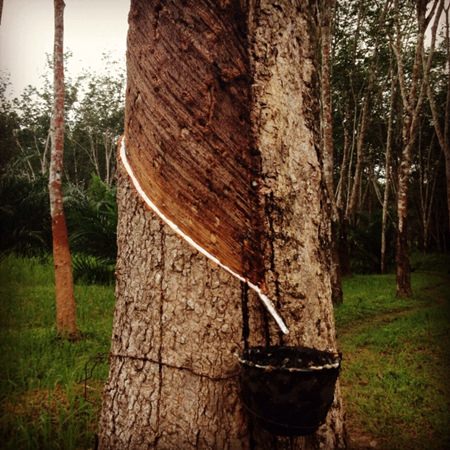BANGKOK, 11 September 2014 — Quality and price improvement of natural rubber is the target of the new 10-year rubber development plan starting September 1st this year. Permanent Secretary for Agriculture and Cooperatives Chavalit Chukhajorn said the new Rubber Development Plan to be implemented from 2014 to 2024 will take a holistic approach in tackling problems relating to the rubber industry. The plan will control the rubber planting area in the country and concentrate more on the quality and price of rubber produce. Under the plan, Thailand’s rubber output will be reduced by about 100,000 tons by the end of the first-year implementation, or 700,000 tons after 7 years. Towards that goal, the ministry will put down 400,000 rai of unproductive rubber trees annually and encourage growers to grow alternative plants that give higher economic returns, on an estimated area of 100,000 rai in seven years.

Besides, the Ministry of Agriculture and Cooperatives will promote technology transfers to enable rubber growers to reduce production cost and adopt efficient technologies to raise their annual output. The Bank for Agriculture and Agricultural Cooperatives will provide five billion baht in loan to rubber growers to support their bids to raise the production capacity and develop processing techniques. The Ministry will also encourage mixed cultivation in rubber plantations where other economic crops will be grown between rows of rubber trees. It has set aside 120 million baht in soft loans to be provided to planters who are interested in this project.





